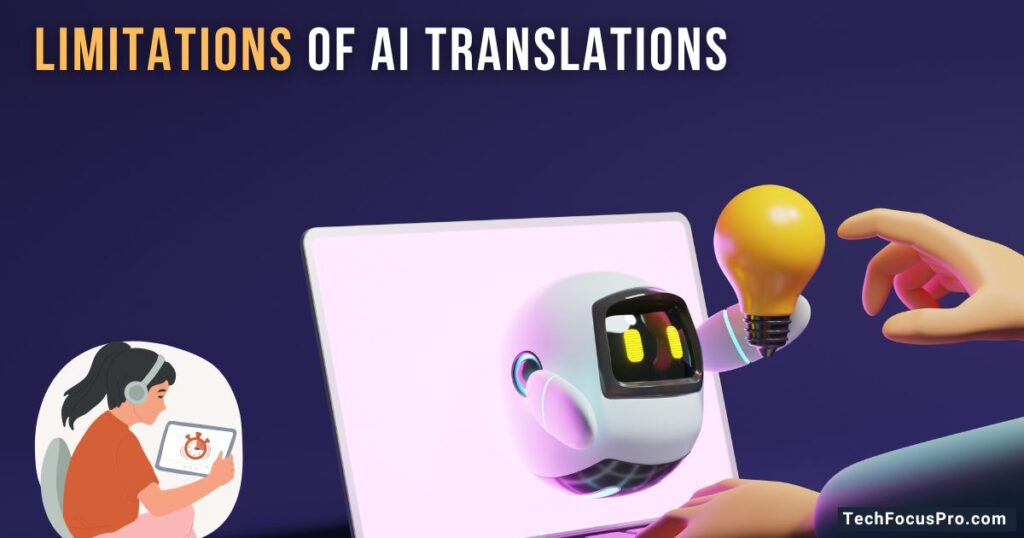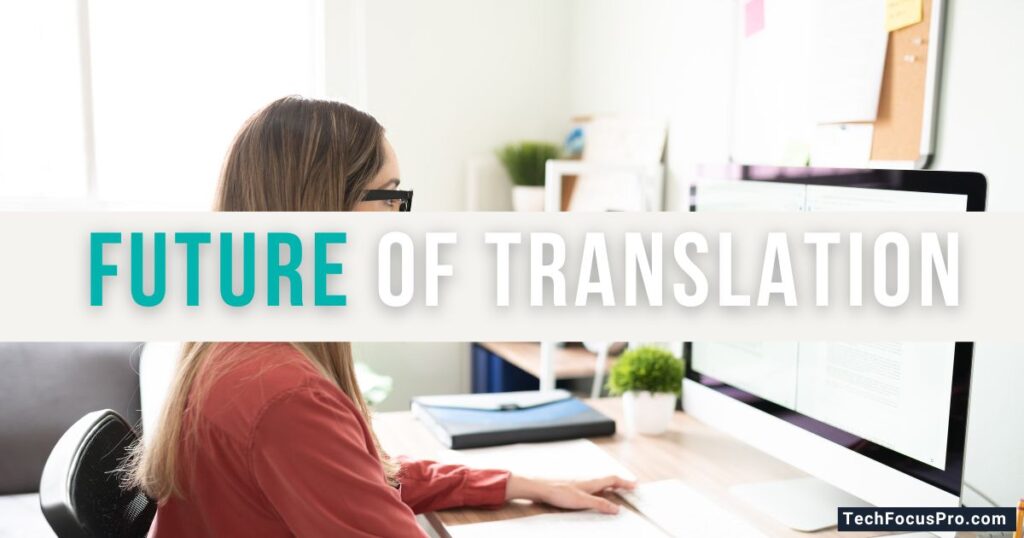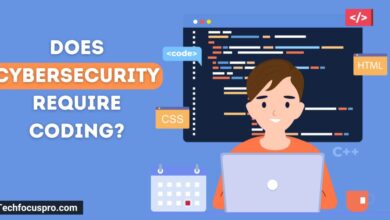AI vs. Human Translations: Navigating the Differences and Similarities

In our increasingly globalized world, translation has become a vital tool for communication across languages and cultures. The advent of Artificial Intelligence (AI) has revolutionized many industries, including translation. AI-powered translation tools like Google Translate have made text translations quickly and efficiently possible.
However, the question remains: How do AI translations compare to those done by human translators? This article will explore the differences and similarities between AI and human translations, examining their strengths and limitations.
The Rise of AI in Translation
Speed and Efficiency
One of the most significant advantages of AI-powered machine translation software is their speed. AI can process and translate large volumes of text in seconds, making it an invaluable resource for businesses and individuals who need quick translations. This efficiency is especially beneficial when time is of the essence, such as when translating real-time conversations or large-scale documents.
Cost-Effectiveness
AI translation tools are generally more cost-effective than hiring a human translator. Many AI translation services are free or available at a fraction of the cost of professional translation services. This affordability makes AI a popular choice for those on a tight budget or needing to translate content regularly.
Consistency
AI translations are known for their consistency. Once programmed with specific rules and terminologies, AI can apply them uniformly across all translations. This consistency is beneficial in technical fields where precise terminology is essential, such as legal, medical, or scientific translations.
Limitations of AI Translations

Lack of Contextual Understanding
While AI is incredibly efficient, it cannot often fully understand context. Language is nuanced, with words and phrases that can have different meanings depending on the context. AI may struggle with idiomatic expressions, cultural references, and tone, leading to translations that can be inaccurate or even misleading.
Absence of Emotional and Cultural Sensitivity
AI translations often fail to capture a text’s emotional tone or cultural nuances. For example, translating a poem or a piece of literature requires understanding the subtleties of language, which AI may not possess. Similarly, AI might miss cultural references that Human-made translations would recognize and adapt appropriately.
Inability to Handle Ambiguity
Human languages are ambiguous, with words or phrases that can have multiple meanings. AI often struggles to resolve these ambiguities, especially in languages with complex grammar and syntax. A human translator can interpret the intended meaning based on context, something AI may not be able to do as effectively.
The Strengths of Human Translators
Deep Cultural and Linguistic Understanding
Human translators have a deep understanding of both the source and target languages, including their cultural contexts. This cultural competence allows them to produce translations that are not only accurate but also culturally appropriate. They can adapt their translations to suit the cultural norms and sensitivities of the target audience, ensuring that the message is conveyed as intended.
Creativity and Adaptability
Human translators can be creative and adapt their translations to suit the original text’s tone, style, and intent. Whether translating a marketing campaign or a literary work, human translators can make choices that preserve the original meaning while making the text resonate with the target audience. With its reliance on algorithms and rules, AI cannot match this adaptability.
Handling Complex Texts
Human translators handle complex texts requiring a deep understanding of subject matter and nuance. Legal documents, medical texts, and literary works often contain intricate details that require careful consideration and interpretation. Human translators can navigate these complexities, ensuring the translation is accurate and faithful to the original text.
The Future of Translation: Collaboration Between AI and Human Translators

Complementary Strengths
While AI and human translations have strengths and weaknesses, they are not necessarily in competition. Instead, they can complement each other. AI can quickly handle large volumes of text, providing a first draft that a human translator can refine. This collaboration can lead to more efficient and accurate translations, combining the speed of AI with the cultural and contextual understanding of a human translator.
The Role of Post-Editing
Post-editing is becoming increasingly common in the translation industry. It involves a human translator reviewing and refining AI-generated translations. This process allows AI to be speedy and cost-effective while ensuring the final translation is accurate and culturally appropriate. Post-editing can be particularly useful in fields where precision is critical, such as legal or technical translations.
Ongoing Developments in AI
AI technology is constantly evolving, and the field of translation is no exception. Researchers are working on improving AI’s ability to understand context, handle ambiguity, and capture the nuances of human language. While AI may never fully replicate the capabilities of a human translator, ongoing developments suggest that AI will continue to improve and play a significant role in the translation industry.
Conclusion
AI and human translations each have their unique strengths and limitations. AI offers speed, efficiency, and consistency, making it an excellent tool for straightforward translations or large volumes of text.
However, it falls short of understanding context, capturing cultural nuances, and handling complex texts. Human translators’ deep linguistic and cultural understanding, creativity, and adaptability are essential for producing high-quality translations.
FAQs
What is the main difference between AI and human translation?
The primary difference lies in the approach and capabilities; AI translation relies on algorithms and data patterns to generate translations quickly, while human translation involves comprehension of context, culture, and subtle nuances, ensuring a more accurate and emotionally resonant output.
Are AI translations always reliable?
AI translations can be efficient and consistent, but they may struggle with complex texts that require a deep understanding of context or cultural references. Therefore, their reliability can vary while they offer speed and affordability, especially in specialized or nuanced contexts.
Can AI translate better than humans?
While AI can provide quick translations and is often effective for straightforward texts, it generally lacks the deep understanding of context and nuance that a human translator possesses. Human translators usually achieve better results for complex sentences, idiomatic expressions, or culturally rich content.
Can AI replace translators?
AI can assist translators by handling repetitive tasks and providing initial drafts. Still, it is unlikely to replace human translators entirely. Many aspects of translation require human insight, creativity, and emotional understanding, which AI cannot replicate currently.
Which is better, machine translation or human translation?
It depends on the context. Machine translation is faster and more cost-effective for simple tasks. In contrast, human translation excels in accuracy, especially for specialized or complex materials requiring cultural and contextual consideration.
How accurate is AI translation?
AI translation can be accurate for common phrases and simple texts. However, it can be less reliable when dealing with nuanced language, slang, or specialized terminology, often requiring a deeper comprehension that AI lacks.






